Smell, taste and texture of fish greatly influence consumer behavior
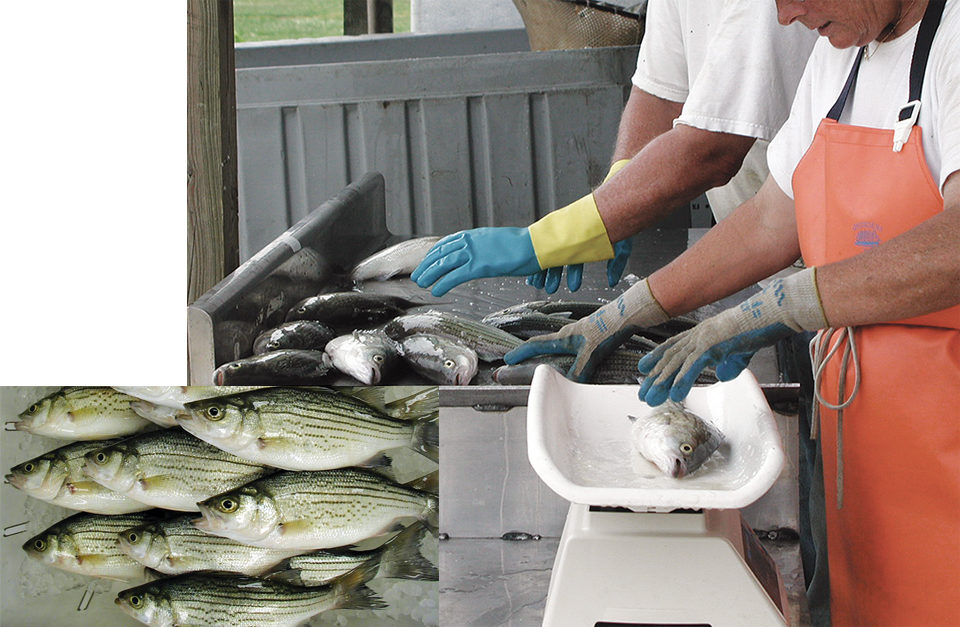
Good sensory quality is essential to the economic success of aquaculture products. When aquaculture farmers control the preharvest conditions and handling of fish, a flavorful product of superior appearance can be provided to consumers.
Sensory analysis is used to control fish quality throughout the distribution chain. It can be used to describe intrinsic product qualities such as smell, taste and texture, while consumer choice is based both on intrinsic and extrinsic qualities such as convenience and price. Intrinsic product quality varies by species, time of year, sexual maturity, feeding condition and migratory behavior. Intrinsic quality can also be affected by extrinsic factors such as pre-harvest environmental and handling conditions.
Assessment
Sensory quality is comprised of appearance, odor, taste and texture. Sensory assessment of fish can be qualitative or quantitative, depending upon the type of information sought. Consumers are often asked to assess their preferences for particular fish quality attributes or product acceptability. Trained assessors are used to evaluate the specific quality attributes of products.
Fish flavor is measured by trained assessors on a scale of perceived intensities. A number of methods have been devised over the years to grade fish based on their sensory quality. The most recent is the Quality Index Method (QIM) reported for hybrid striped bass by Dr. Durita Nielsen in the August 2005 Global Aquaculture Advocate.
QIM uses untrained assessors to measure the sensory qualities of fresh, whole fish as a function of storage time in ice. The data is then correlated to the quantitative descriptive analysis of cooked fish evaluated by trained assessors. This method can be used by consumers to estimate the remaining shelf life of whole fish.
The QIM approach is based on enzymatic, oxidative and bacteria spoilage processes, assessing those quality attributes or off-flavors in fish that naturally occur over time in storage, and does not include environmental contaminants or taints such as muddy/earthy flavor or stress-induced bruising that affect the appearance of fish. These quality defects are not dependent on storage time, but are a result of pre-harvest conditions or the amount of stress placed on live fish during handling operations.
Offending compounds
Natural and man-made compounds that enter the production of freshwater fish can lead to the development of undesirable flavor attributes. Geosmin and 2-methyl-ios-borneol (MIB) are two naturally occurring compounds that have been implicated in episodes of muddy/earthy flavors in freshwater fish.
Geosmin
Geosmin is one organic compound responsible for the earthy flavor of red beets. It is produced by cyanobacteria (blue-green algae) and actinobacteria (actinomycetes) found in freshwater. The compound is released into water when the microbes die and decay.
The human odor threshold for geosmin is about 15 parts per billion (ppb), making it a very potent environmental contaminant in freshwater fish. It is primarily responsible for the muddy smell in bottom-dwelling fish such as catfish and carp. Geosmin is fat soluble and concentrates in the skin and dark muscle tissues of fish. It is broken down under acidic conditions – the use of lemon juice in recipes, for example, helps to reduce the muddy flavor.
2-methyl-ios-borneol
MIB, an organic compound responsible for musty flavors in fish, is produced mostly by blue-green algae during the warmer months. Its odor detection threshold in water is slightly higher (35 ppb) than that for geosmin.
The detection levels in fish muscle are not as high in water, possibly due to the masking of geosmin and MIB by other natural flavors in the fish, as well as the presence of lipids in the tissue. The estimated odor detection thresholds of geosmin and MIB in fish lipid are reported to be 56 and 73 ppb, respectively.
Uptake
The uptake of geosmin and MIB from water into fish is a passive process that occurs primarily through the gills. It occurs rapidly in a few hours of exposure and is reversible once fish are placed in clean water. The concentration of geosmin and MIB in fish tissue is greater than that found in the surrounding water, a bioconcentration factor.
Testing involving fish farms has shown that uptake of taint is fast and depuration is slow. With only a limited amount of kinetic data available in literature, the half life or time to reduce a concentration of compound by half is 2.3 days for geosmin and 1.3 days for MIB. The primary factor that controls depuration of taint in fish is the lipid content of tissues. Modeling research has shown that uptake of geosmin and MIB is not dependent upon lipid content, but their removal is affected by lipid content. Elimination rate coefficients are inversely linear-dependent (see Table 1).
Green, Effects of total body oil on elimination rate, Table 1
| Compound | Oil Content (%, wet weight) 16 | Oil Content (%, wet weight) 14 | Oil Content (%, wet weight) 12 | Oil Content (%, wet weight) 10 | Oil Content (%, wet weight) 8 | Oil Content (%, wet weight) 6 |
|---|
Compound | Oil Content (%, wet weight) 16 | Oil Content (%, wet weight) 14 | Oil Content (%, wet weight) 12 | Oil Content (%, wet weight) 10 | Oil Content (%, wet weight) 8 | Oil Content (%, wet weight) 6 |
|---|---|---|---|---|---|---|
| Geosmin | 0.19 | 0.21 | 0.25 | 0.30 | 0.37 | 0.50 |
| MIB | 0.33 | 0.38 | 0.44 | 0.53 | 0.66 | 0.89 |
Industry practices
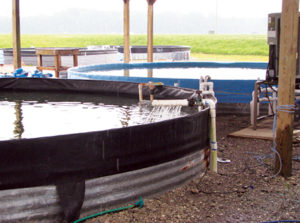
To manage taint in fish, it is important for aquafarmers to control the presence of the odor-producing organisms in the water. Farmers often partially replace water in ponds with fresh water whenever geosmin and MIB blue-green algae are present. Some growers encourage the growth of other algae in ponds through nitrogen application. And still others apply copper sulfate to reduce the algal bloom or treat ponds with bioactive agents to eliminate the harmful algae from the water.
Fish from suspect ponds are also subjected to sensory evaluation prior to harvest to reduce the economic risk of off-flavored fish. Commercial practice is currently to sample at least two fish at the pond during harvest and then at receiving of a shipment of fish. Processors should accept fish at the detection level of at least 80 percent of fish taint-free.
The practice of purging live fish in clean water is gaining acceptance. The purging process can take a few days to several weeks depending upon the level of contamination. Purging allows the natural release of organic compounds in the gut and slow release of geosmin and MIB from fish tissues. The rate of purging is affected by water volume, water temperature, fish size and fat content.
Producers need to establish good quality-control programs and employ trained assessors for screening fish. Farmers should assess their pond management programs to determine the causes for and removal of any harmful algal contaminants whenever possible. The ability to market products of good flavor quality and superior appearance will enable the aquaculture industry to increase market share for freshwater fish.
(Editor’s Note: This article was originally published in the September/October 2008 print edition of the Global Aquaculture Advocate.)
Now that you've reached the end of the article ...
… please consider supporting GSA’s mission to advance responsible seafood practices through education, advocacy and third-party assurances. The Advocate aims to document the evolution of responsible seafood practices and share the expansive knowledge of our vast network of contributors.
By becoming a Global Seafood Alliance member, you’re ensuring that all of the pre-competitive work we do through member benefits, resources and events can continue. Individual membership costs just $50 a year.
Not a GSA member? Join us.
Author
-
David P. Green, Ph.D.
Department of Food, Bioprocessing and Nutrition Sciences
North Carolina State University
Center for Marine Sciences and Technology
Morehead City, North Carolina USA 28557
Related Posts
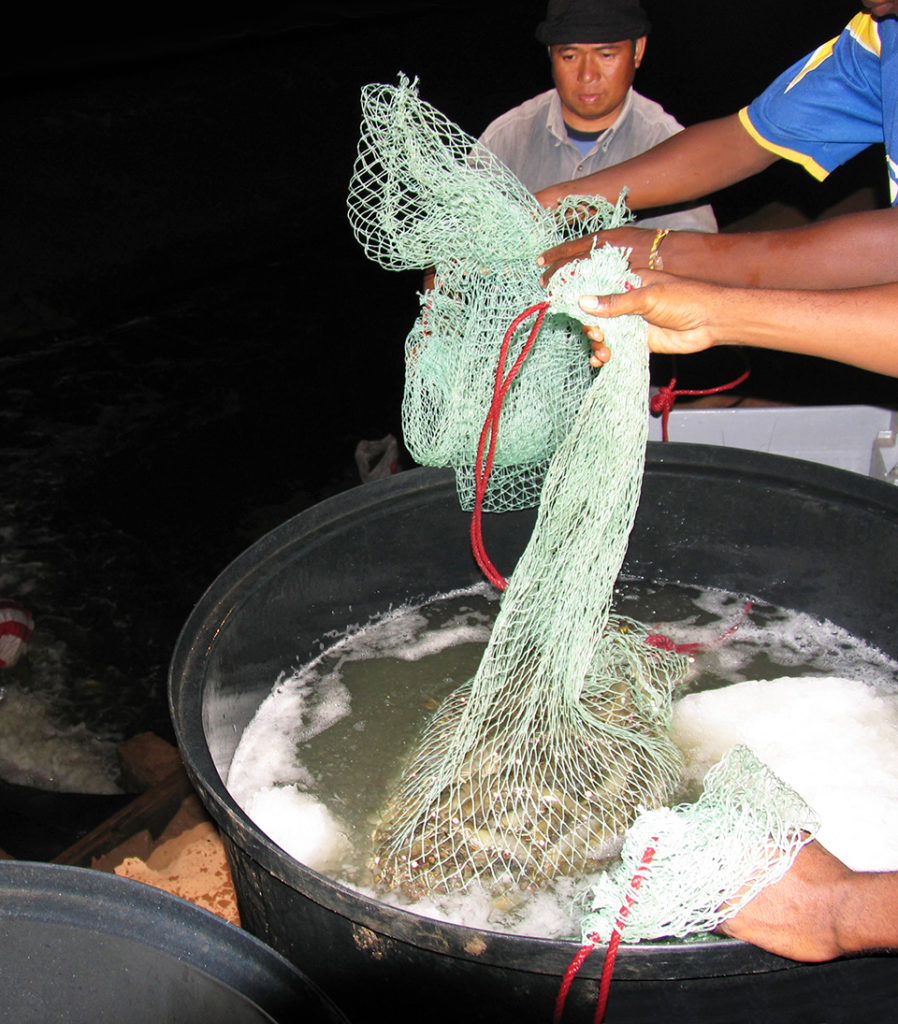
Health & Welfare
Killing methods, post-slaughter quality, part 1
The methods used to kill fish depend on many factors, including fish size and species, aquaculture production system, fish quantity, market preferences and effects on product quality. Also, some methods may not be approved in some countries, as with the use of anesthetics and regulations concerning the ethical treatment of animals.
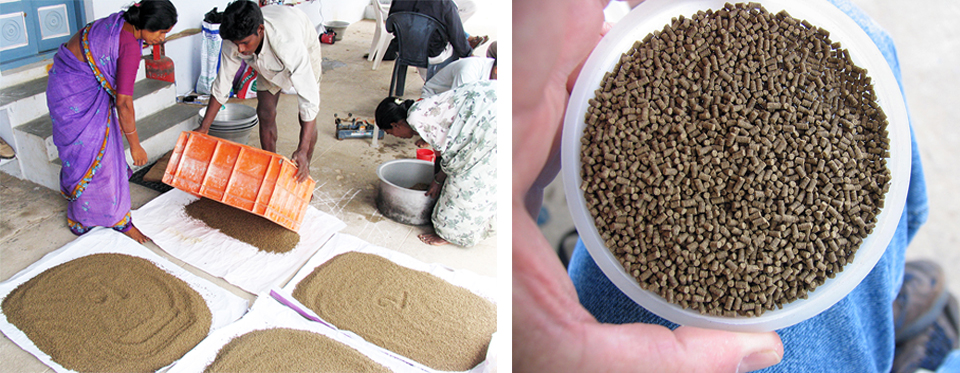
Aquafeeds
A look at India’s fish feed industry
India's fish-farming industry makes limited use of modern feeds, providing potential for the feed sector to grow. Commercial feeds are predominantly used for pangasius farming, followed by a rising popularity in carp culture.

Aquafeeds
A look at phospholipids in aquafeeds
Phospholipids are the major constituents of cell membranes and are vital to the normal function of every cell and organ. The inclusion of phospholipids in aquafeeds ensures increased growth, better survival and stress resistance, and prevention of skeletal deformities of larval and juvenile stages of fish and shellfish species.
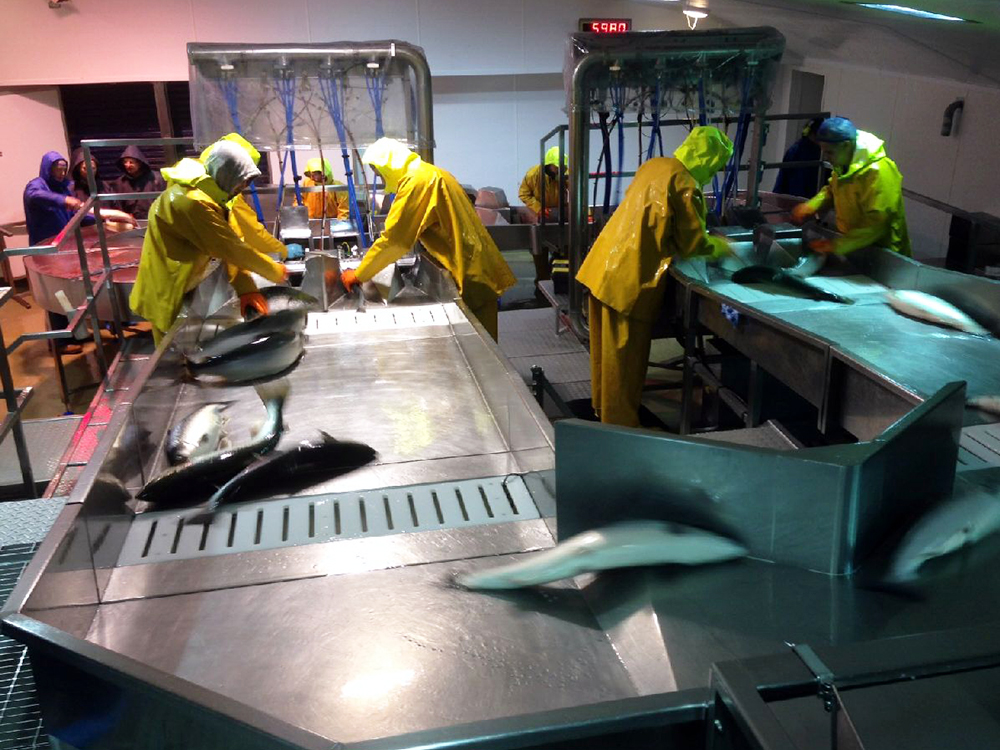
Health & Welfare
Fish producers benefit from humane slaughter techniques
EU legislation requires farmed fish be spared unnecessary pain, distress or suffering at slaughter, and efficient manual and automated systems have been developed to help achieve this goal. What’s more, longer shelf life and improved flesh quality have been reported.


